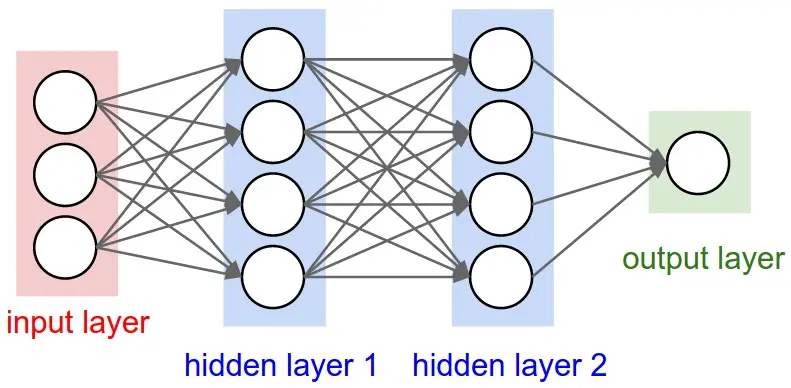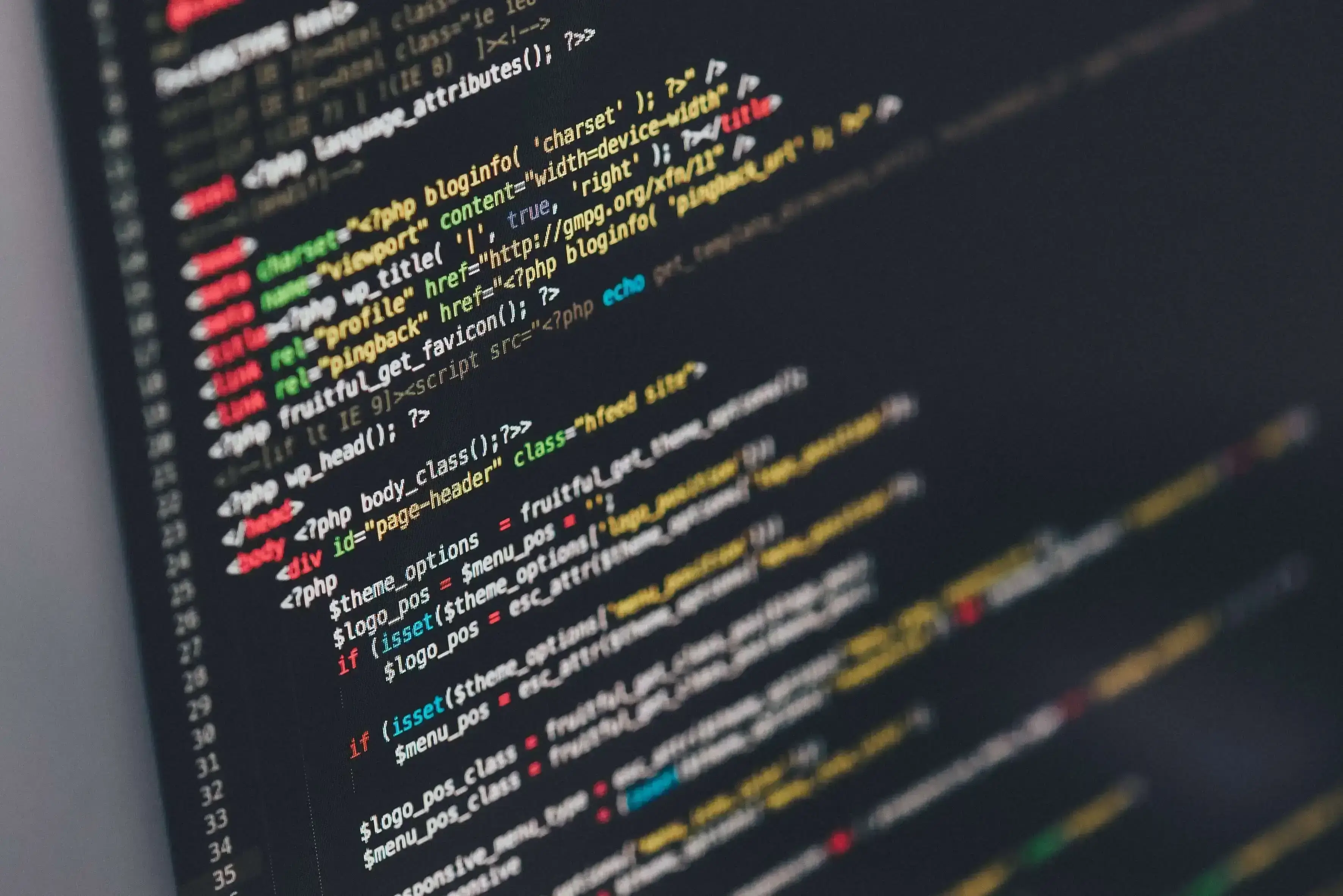Python基础语法(九)数据序列——集合

目标
- 创建集合
- 集合数据的特点
- 集合的常见操作
集合
创建集合
创建集合使用{}或set(), 但是如果要创建空集合只能使用set(),因为{}用来创建空字典。
特点:
- 集合可以去掉重复数据;
- 集合数据是无序的,故不支持下标
示例:
s1 = {10, 20, 30, 40, 50} |

集合常见操作方法
增加数据
-
add(),追加单个数据
s1 = {10, 20} |
因为集合有去重功能,所以,当向集合内追加的数据是当前集合已有数据的话,则不进行任何操作。
-
update(), 追加的数据是序列。
s1 = {10, 20} |
删除数据
-
remove(),删除集合中的指定数据,如果数据不存在则报错。
s1 = {10, 20} |
-
discard(),删除集合中的指定数据,如果数据不存在也不会报错。
s1 = {10, 20} |
-
pop(),随机删除集合中的某个数据,并返回这个数据。
s1 = {10, 20, 30, 40, 50} |
查找数据(判断数据是否在集合序列)
-
in:判断数据在集合序列
-
not in:判断数据不在集合序列
s1 = {10, 20, 30, 40, 50} |
总结
-
创建集合
- 有数据集合
s1 = {数据1, 数据2, ...}
-
无数据集合
s1 = set()
-
常见操作
- 增加数据
- add()
- update()
- 删除数据
- remove()
- discard()
- 增加数据
本博客所有文章除特别声明外,均采用 CC BY-NC-SA 4.0 许可协议。转载请注明来自 BEIDAO.!
评论
你无需删除空行,直接评论以获取最佳展示效果




